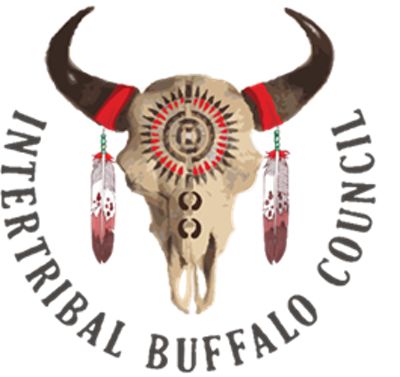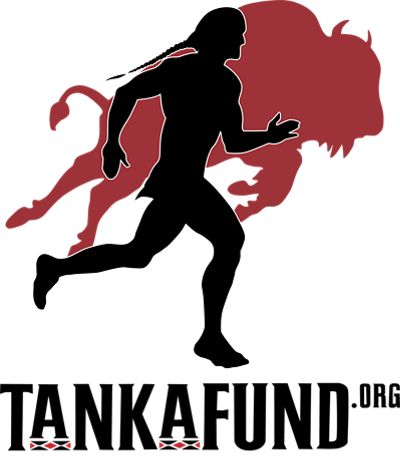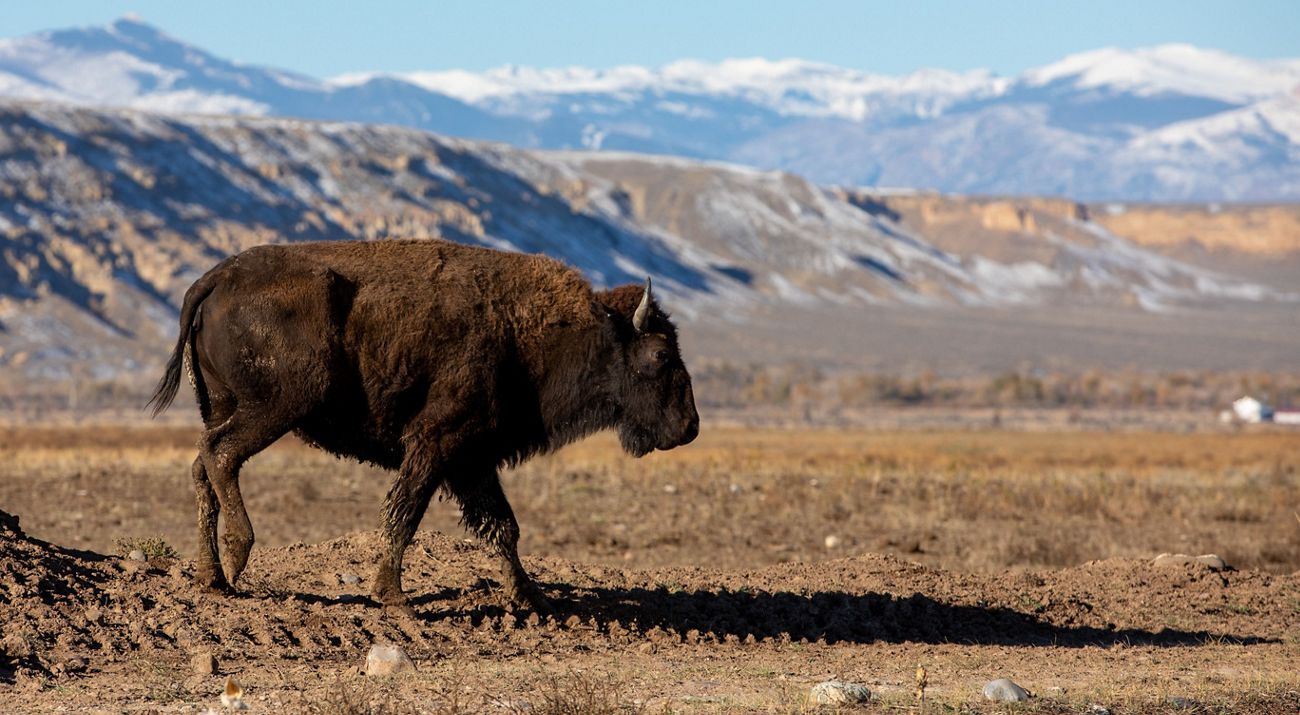Hundreds of Buffalo Return Home to Indigenous Communities
More than 800 buffalo will head home to Indigenous communities in a movement toward healing lands and cultural relationships.
Media Contacts
-
Shaina Clifford
InterTribal Buffalo Council
Email: shaina@itbcbuffalonation.org -
Trudy Ecoffey
Tanka Fund
Email: trudy.ecoffey@tankafund.org -
Isabel Morales
The Nature Conservancy
Email: isabel.morales@tnc.org
Hundreds of buffalo, also known as American bison, will return to ancestral grazing lands across the United States this fall as part of a multi-state, Indigenous-led movement. More than 800 buffalo will head home to Indigenous communities, transferred in a large collective effort to restore this keystone species who are integral to thousands of natural relationships including the health of prairies and grasslands that are increasingly growing threatened due to climate change.
The InterTribal Buffalo Council’s (ITBC) Surplus Buffalo Program has transferred hundreds of buffalo from The Nature Conservancy’s preserves to a network of Tribal Nations. Due to capacity limits for buffalo herds at TNC preserves, partnerships with organizations including ITBC and the Tanka Fund have brought home more than 1,000 buffalo to Indigenous lands and communities since 2020. This year, more than 800 additional buffalo will be transferred to member Nations in Nebraska, North Dakota, South Dakota, Washington, Minnesota, New Mexico, Wisconsin, Oklahoma, Montana, Kansas, Idaho, Michigan and more.
“Bringing buffalo back home is a win-win, helping relieve grazing pressure on public and private lands while benefiting Indigenous peoples,” said Troy Heinert, Sicangu Lakota, ITBC Executive Director. “As we look to the future, the restoration of buffalo is not only about revitalizing the land but also about revitalizing communities, cultures and traditions that have endured for generations.”
The presence of buffalo, which can grow to be upwards of 2,000 lbs., supports building resilience against global warming. Bison hooves work the soil to create space for new plants to grow; their droppings provide nutrients for microorganisms living beneath the surface; and native grass seeds can stick to their fur and disperse as they move across the land. Their grazing behavior and the effects they have on the prairie naturally helps a wide range of wildflowers, plants, insects and amphibians to flourish.
Buffalo rematriation within Native lands is an essential step in repairing the relationships which have been severed by U.S. government policy and the ensuing violence against Native people as well as the extensive conversion of natural areas. With each buffalo brought home, it represents a positive force toward spiritual and cultural revitalization, ecological restoration and conservation, food sovereignty, health, economic development and much more.
“Indigenous communities have created spaces in which people and nature can thrive together for millennia,” said Jan Glendening, North America Managing Director for The Nature Conservancy. “Partnerships that actively amplify the work of Indigenous peoples, their experiences and knowledge on the natural systems we work to protect will have long-lasting and meaningful impacts that benefit the land and future generations.”
For imagery, including b-roll and photography of the 2021 buffalo release at the Wind River Reservation in Wyoming, please visit this link.

About The InterTribal Buffalo Council (ITBC)
ITBC is a federally chartered Tribal organization, formed in 1992 as a gathering of 17 Tribes. Today, it now has a membership of 82 Tribal Nations and growing every year, sharing a mission to restore buffalo to Indian Country to preserve our historical, cultural, traditional, and spiritual relationship for future generations. To reestablish healthy buffalo populations on Tribal lands is to reestablish hope for Indian people. Returning buffalo to Tribal lands will help to heal the land, the animal, and the spirit of Indian people.

About Tanka Fund
The Tanka Fund is a Native American-led 501(c)(3) nonprofit organization located on the Pine Ridge Reservation that aims to revitalize Native American buffalo populations, ecosystems, and economies. The organization provides grants, technical assistance, and other resources to Native American tribal producers that are working to restore buffalo populations and promote sustainable buffalo-based businesses.
The Nature Conservancy is a global conservation organization dedicated to conserving the lands and waters on which all life depends. Guided by science, we create innovative, on-the-ground solutions to our world’s toughest challenges so that nature and people can thrive together. We are tackling climate change, conserving lands, waters and oceans at an unprecedented scale, providing food and water sustainably and helping make cities more resilient. The Nature Conservancy is working to make a lasting difference around the world in 81 countries and territories (40 by direct conservation impact and 41 through partners) through a collaborative approach that engages local communities, governments, the private sector, and other partners. To learn more, visit nature.org or follow @nature_press on X.
